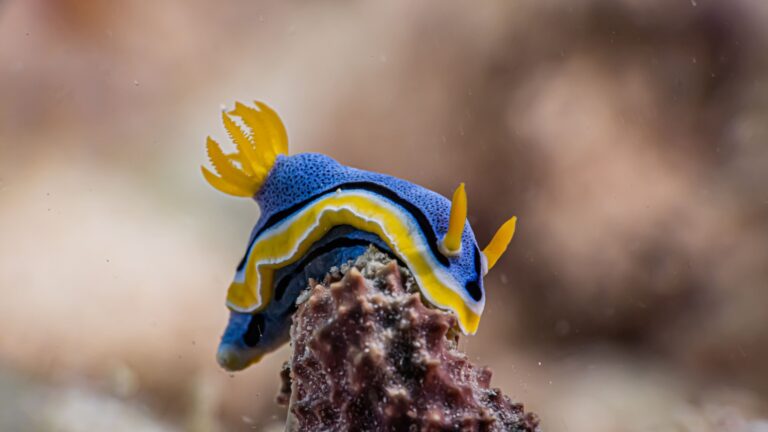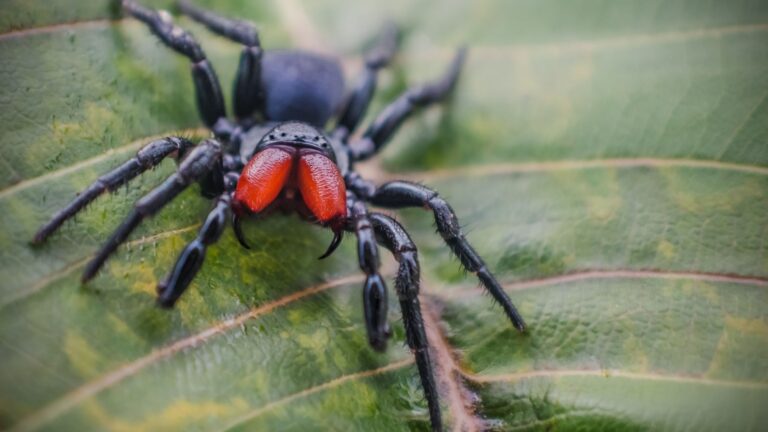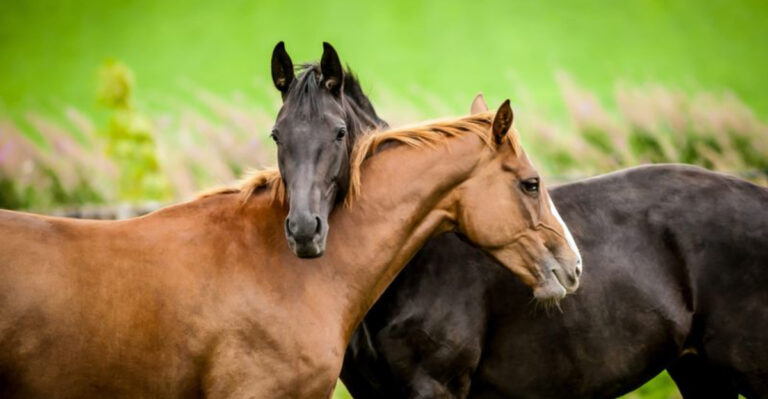The Fascinating Life Cycle And Migration Of The Painted Lady Butterfly
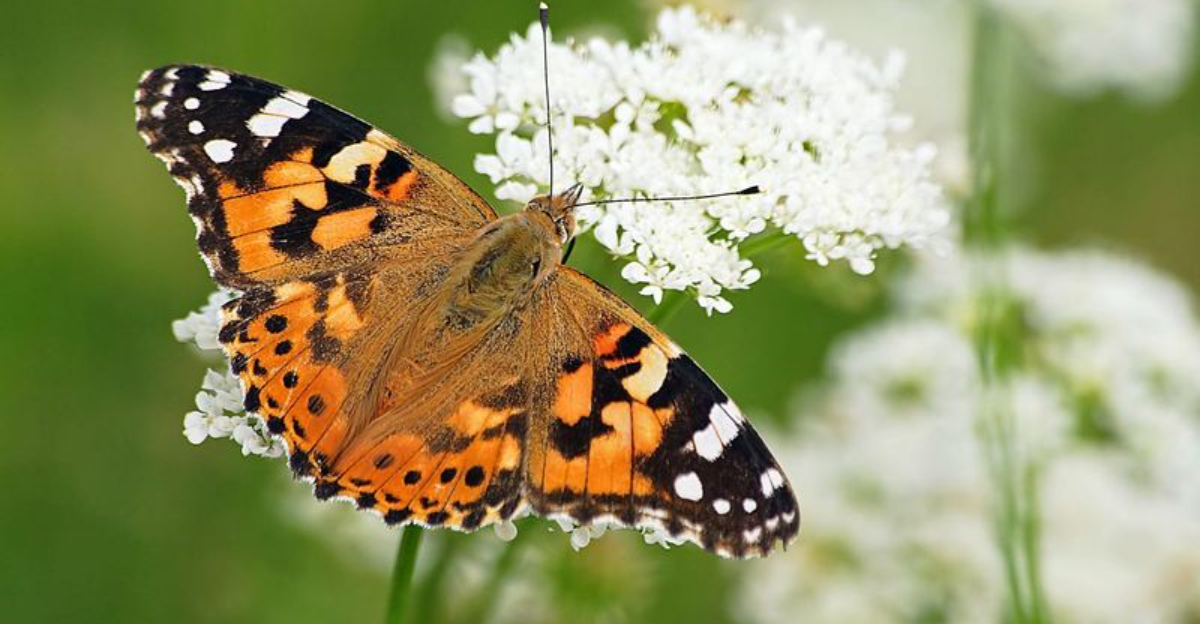
Imagine a delicate creature so determined it can fly across entire continents, navigating without a map. The Painted Lady butterfly, with its vibrant orange and black wings, holds this incredible power.
These remarkable insects undertake one of the longest insect migrations on Earth, traveling from Africa to Europe and back again, all while transforming completely from egg to caterpillar to chrysalis to butterfly along the way.
1. Marathon Flyers Of The Insect World

These tiny powerhouses can travel up to 100 miles per day during migration! Their wings may look fragile, but they’re built for incredible journeys spanning continents.
What’s more impressive is they fly at altitudes of up to 3,000 feet, using air currents to conserve energy during their epic travels.
2. Five-Stage Transformation Masters

Unlike most butterflies with four life stages, Painted Ladies experience five distinct phases! They begin as eggs, develop through four different caterpillar stages called instars, form chrysalides, and finally emerge as adults.
Each instar looks noticeably different as the caterpillar grows and molts.
3. Global Citizens Without Borders
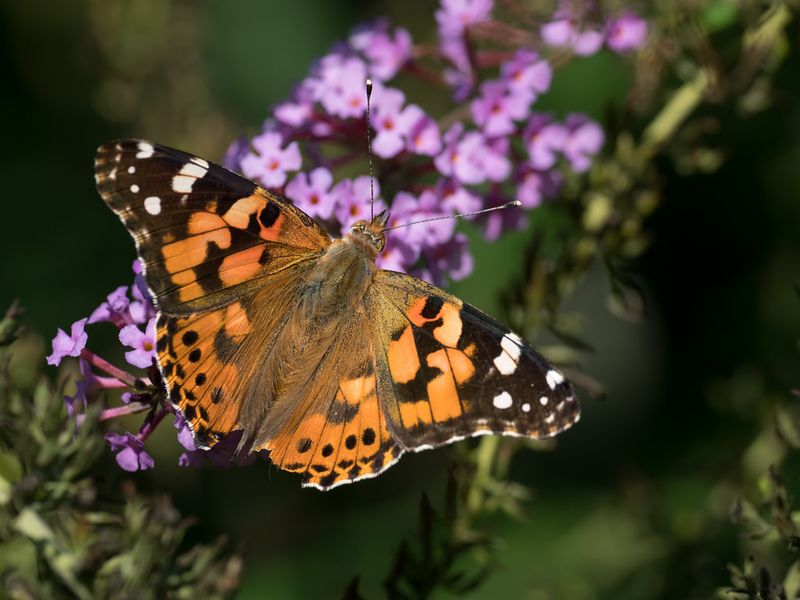
Found on every continent except Antarctica and South America! Their remarkable adaptability allows them to thrive in mountains, deserts, meadows, and suburban gardens around the world.
Scientists believe this widespread distribution makes them one of the most successful butterfly species on the planet.
4. Caterpillars With Spiky Protection
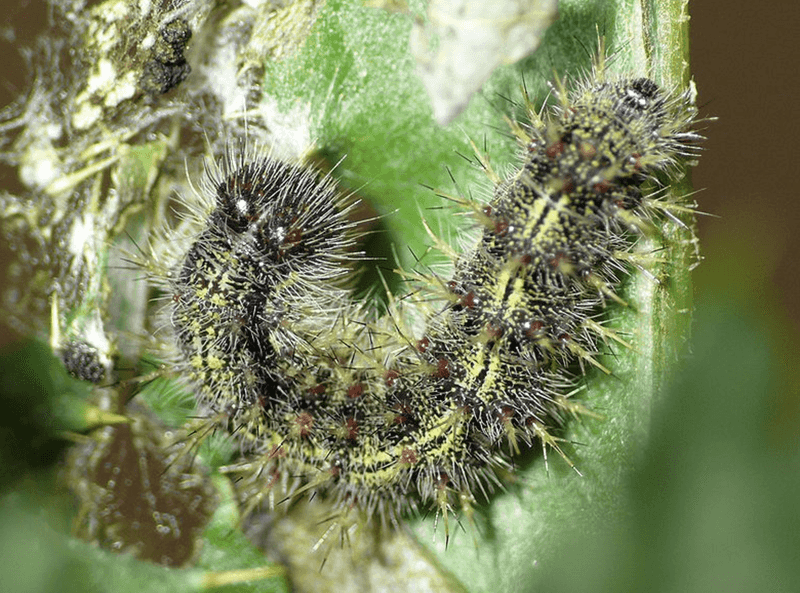
Baby Painted Ladies don’t mess around with safety! Their caterpillars build protective silken shelters on host plants, covering themselves with spiky bristles that discourage predators from making them a snack.
These spines aren’t venomous but create an unpleasant texture that birds and other hunters avoid.
5. Record-Breaking Annual Migrations
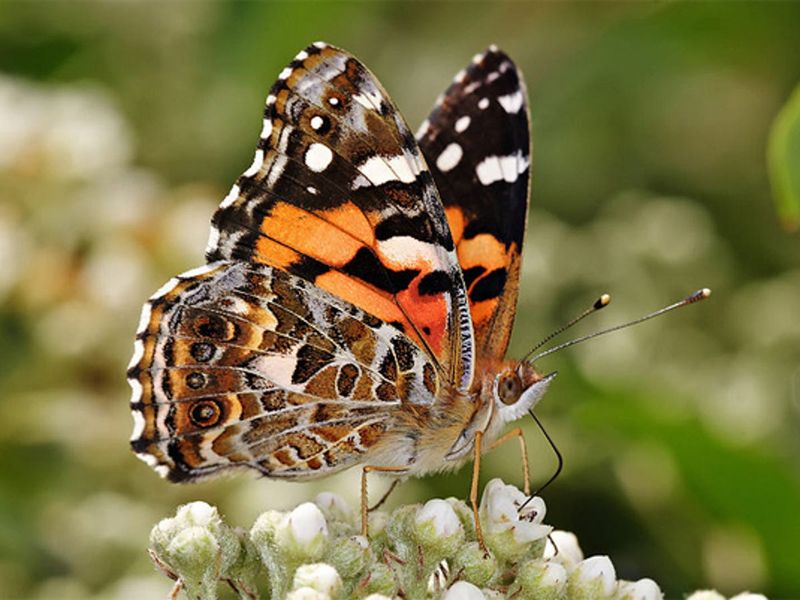
Every year, millions flutter from North Africa to Arctic regions in a multi-generational marathon spanning 9,000 miles! No single butterfly completes the entire journey – it takes several generations to complete the round trip.
This makes their migration even more impressive than monarch butterflies in some ways.
6. Surprisingly Fast Developers

From egg to adult in just 3-4 weeks! This rapid development allows Painted Ladies to produce multiple generations each year, explaining how they accomplish their multi-generational migrations.
When conditions are ideal, they can complete their entire life cycle even faster, sometimes in as little as 21 days.
7. Thistles: The Favorite Baby Food
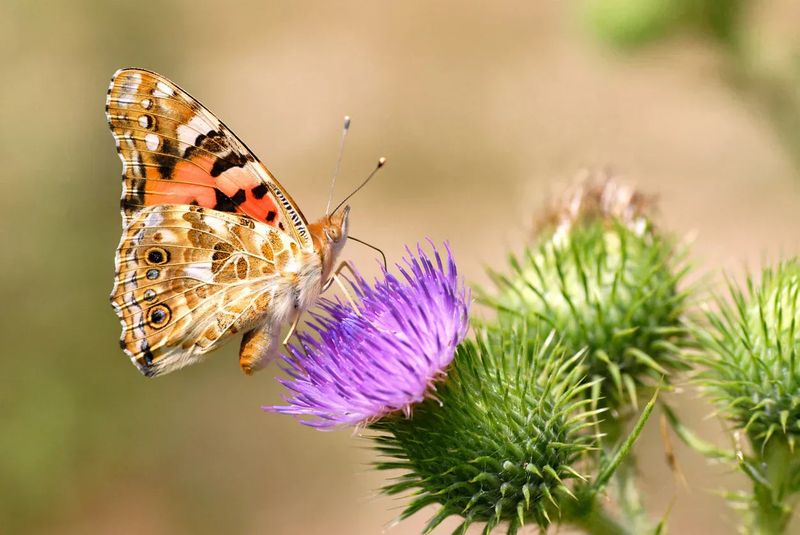
Picky eaters? Not these caterpillars! While they particularly love thistles (earning them the nickname “Thistle Butterflies”), they can munch on over 300 different plant species.
This dietary flexibility helps them survive in diverse habitats and contributes to their successful worldwide distribution.
8. Radar-Tracked Travelers
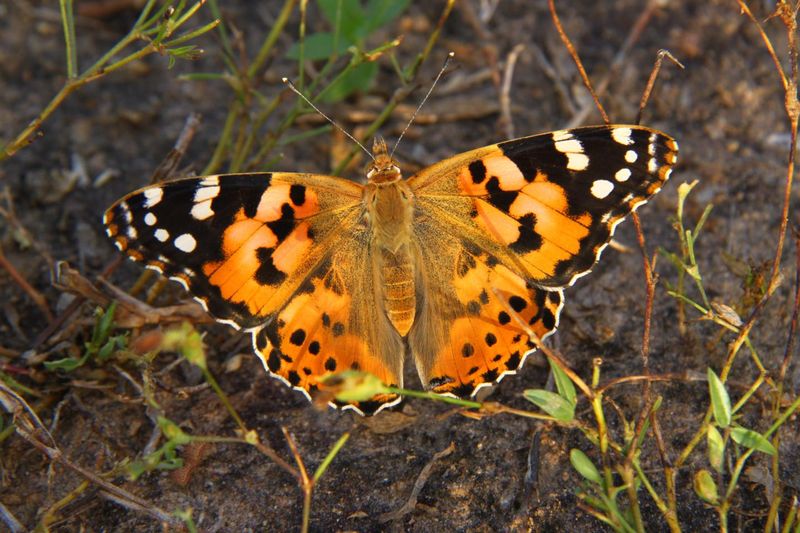
Scientists have used weather radar technology to track these amazing insects! In 2009, researchers discovered over 11 million Painted Ladies flying above 1,000 feet on their migration route through southern England.
Before radar tracking, people had no idea how many butterflies were actually migrating high in the sky.
9. Weather-Savvy Navigators
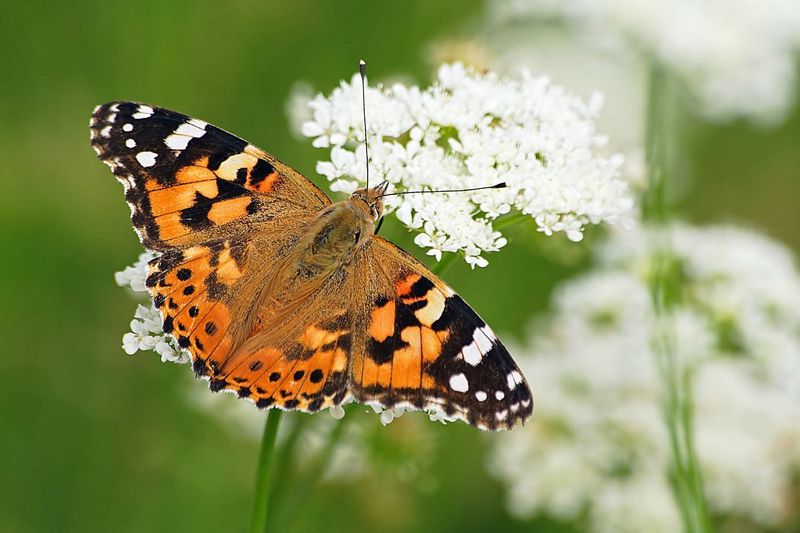
How do they know where to go? These clever insects wait for favorable winds before beginning migration journeys. They can sense atmospheric pressure changes and will delay travel until conditions improve.
They also fly higher during favorable winds and lower when facing headwinds, adjusting altitude to find the best air currents.
10. Desert-Crossing Champions

Crossing the Sahara Desert doesn’t faze these determined flyers! After winter rains create temporary blooms in the desert, Painted Ladies reproduce rapidly, then their offspring continue the journey northward.
This desert-crossing ability distinguishes them from many other migratory insects that cannot survive such harsh conditions.
11. Chrysalis Countdown Clock
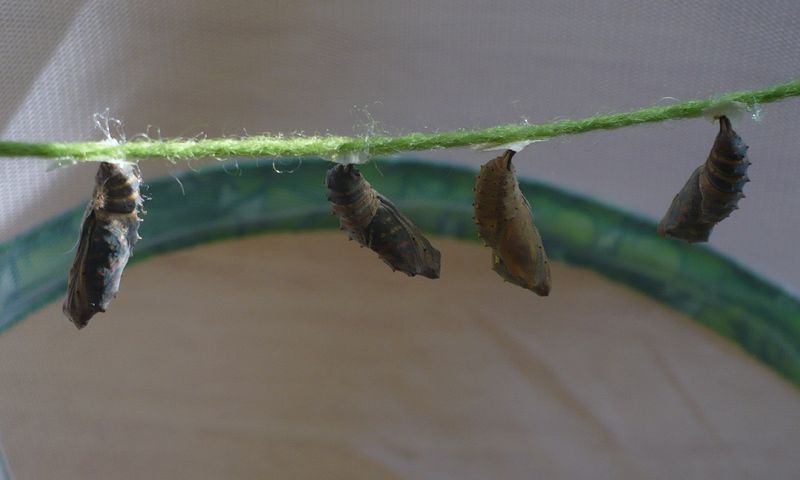
Just before a Painted Lady emerges from its chrysalis, the outer shell becomes transparent! This allows you to see the fully-formed butterfly inside, with wing patterns clearly visible through the case.
The entire transformation inside the chrysalis takes about 7-10 days, with the most dramatic changes happening in the final 24 hours.
12. Population Explosion Years
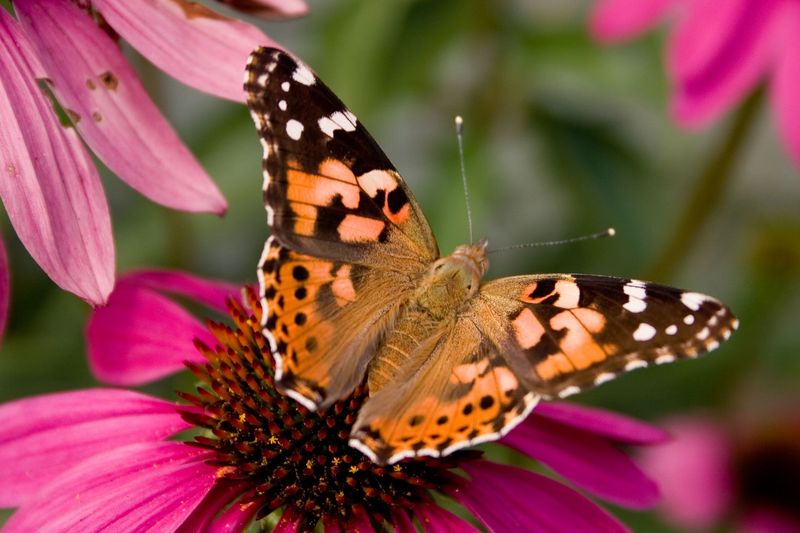
Some years bring butterfly bonanzas! Painted Lady populations can explode by 100-fold in certain years when conditions align perfectly. In 2019, California experienced a massive “superbloom” migration with billions of butterflies.
These population booms typically follow wet winters that produce abundant plant growth for caterpillars.
13. Survival Through Deception
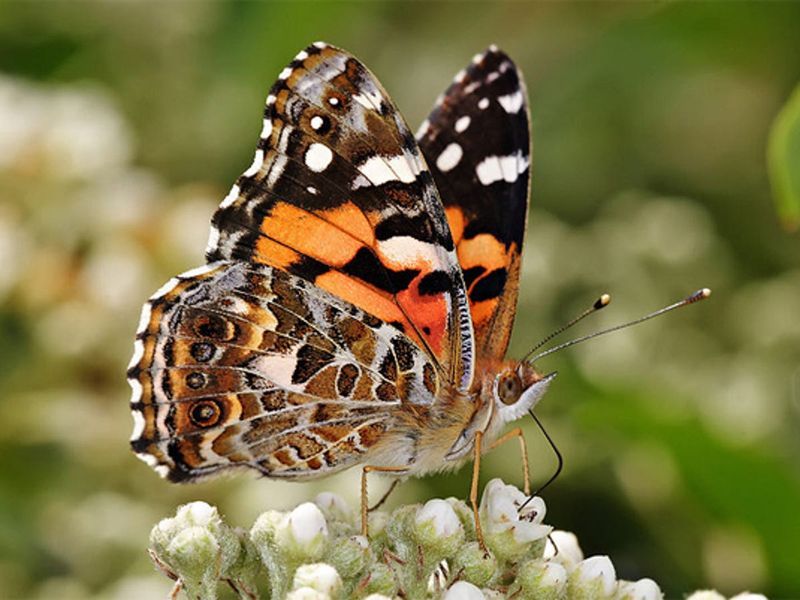
Those eye-catching spots on their wings aren’t just for show! The distinctive eyespots serve as a clever defense mechanism, startling predators or drawing attacks away from vital body parts.
When a bird pecks at an eyespot, it might damage the wing but leave the butterfly’s body intact, giving it a chance to escape.
14. Nature’s Weather Forecasters
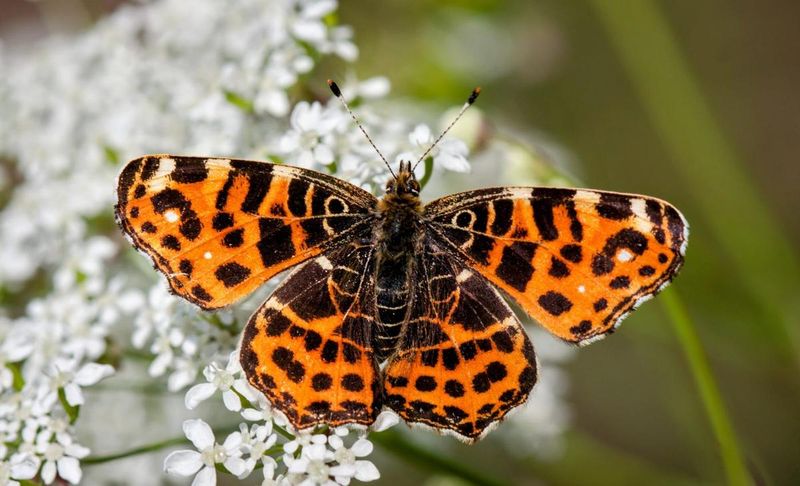
Want to know if good weather is coming? Watch for Painted Ladies! Their sudden appearance in large numbers often signals upcoming favorable weather conditions, as they time their migrations to coincide with optimal flying weather.
Farmers and gardeners have historically used butterfly migrations as natural weather prediction tools.

